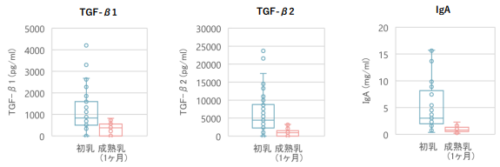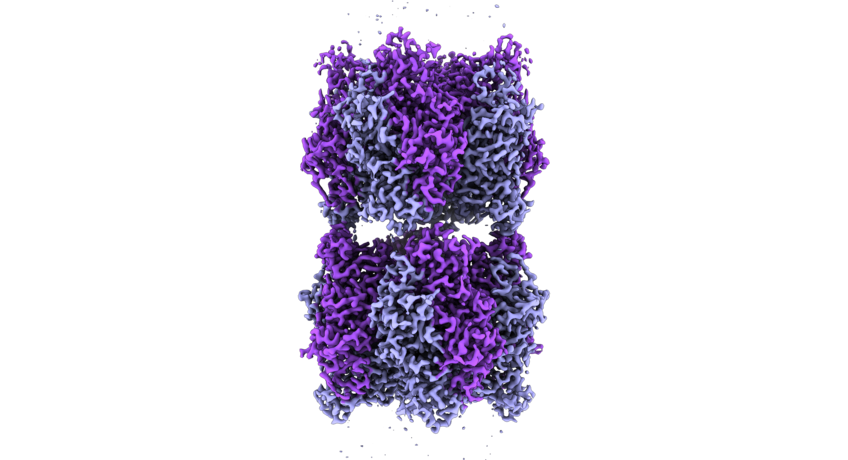炭疽菌感染のメカニズムを探るため、ドイツ連邦工科大学の科学者たちは、細胞膜のコレステロールレベルの制御に関与する2つのタンパク質を発見しました。 Exploring the mechanics of anthrax infection, scientists at EPFL have discovered two proteins that are involved in controlling the levels of cholesterol in the membrane of our cells.
2022-10-13 スイス連邦工科大学ローザンヌ校(EPFL)
研究者らは、炭疽菌の毒素が細胞内に侵入するためにどのタンパク質が重要であるかを調べることにした。そのために、通常、細胞の小器官や膜の組織化に関与する1500の遺伝子を集めたライブラリーをスクリーニングした。
TMED2とTMED10と呼ばれるこの2つの遺伝子とそのタンパク質は、小胞体とゴルジ体の接触部位に位置しており、細胞の外からやってくる毒素の研究では非常に意外な場所にあることがわかった。
TMED2とTMED10の遺伝子を制御したところ、炭疽病菌の毒素は孔を形成する能力を失った。この2つのタンパク質は、小胞体-ゴルジ体膜接触部位で大きなタンパク質複合体を形成し、2つの小胞体間でコレステロールを移動させる役割を担っているのである。この転送が行われないと、コレステロールは細胞膜に到達せず、代わりに脂肪滴に蓄積される。
<関連情報>
- https://actu.epfl.ch/news/when-dangerous-toxins-teach-fundamental-biology/
- https://www.sciencedirect.com/science/article/pii/S1534580722006347
ER-ゴルジ体に局在するタンパク質TMED2およびTMED10は、細胞膜脂質ナノドメインの形成を制御している ER-Golgi-localized proteins TMED2 and TMED10 control the formation of plasma membrane lipid nanodomains
Muhammad U.Anwar,Oksana A.Sergeeva,Laurence Abrami,Francisco S.Mesquita,Ilya Lukonin,Triana Amen,Audrey Chuat,Laura Capolupo,Prisca Liberali,Giovanni D’Angelo,F. Gisouvan der Goot
Developmental Cell Published: September 28, 2022
DOI:https://doi.org/10.1016/j.devcel.2022.09.004

Highlights
- •Anthrax intoxication requires the p24 protein family members TMED2 and TMED10
- •TMEDs maintain lipid transfer protein complexes at endoplasmic reticulum (ER)-Golgi membrane contacts
- •ER-Golgi MCSs control cell-surface lipid nanodomain formation
Summary
To promote infections, pathogens exploit host cell machineries such as structural elements of the plasma membrane. Studying these interactions and identifying molecular players are ideal for gaining insights into the fundamental biology of the host cell. Here, we used the anthrax toxin to screen a library of 1,500 regulatory, cell-surface, and membrane trafficking genes for their involvement in the intoxication process. We found that endoplasmic reticulum (ER)-Golgi-localized proteins TMED2 and TMED10 are required for toxin oligomerization at the plasma membrane of human cells, an essential step dependent on localization to cholesterol-rich lipid nanodomains. Biochemical, morphological, and mechanistic analyses showed that TMED2 and TMED10 are essential components of a supercomplex that operates the exchange of both cholesterol and ceramides at ER-Golgi membrane contact sites. Overall, this study of anthrax intoxication led to the discovery that lipid compositional remodeling at ER-Golgi interfaces fully controls the formation of functional membrane nanodomains at the cell surface.


